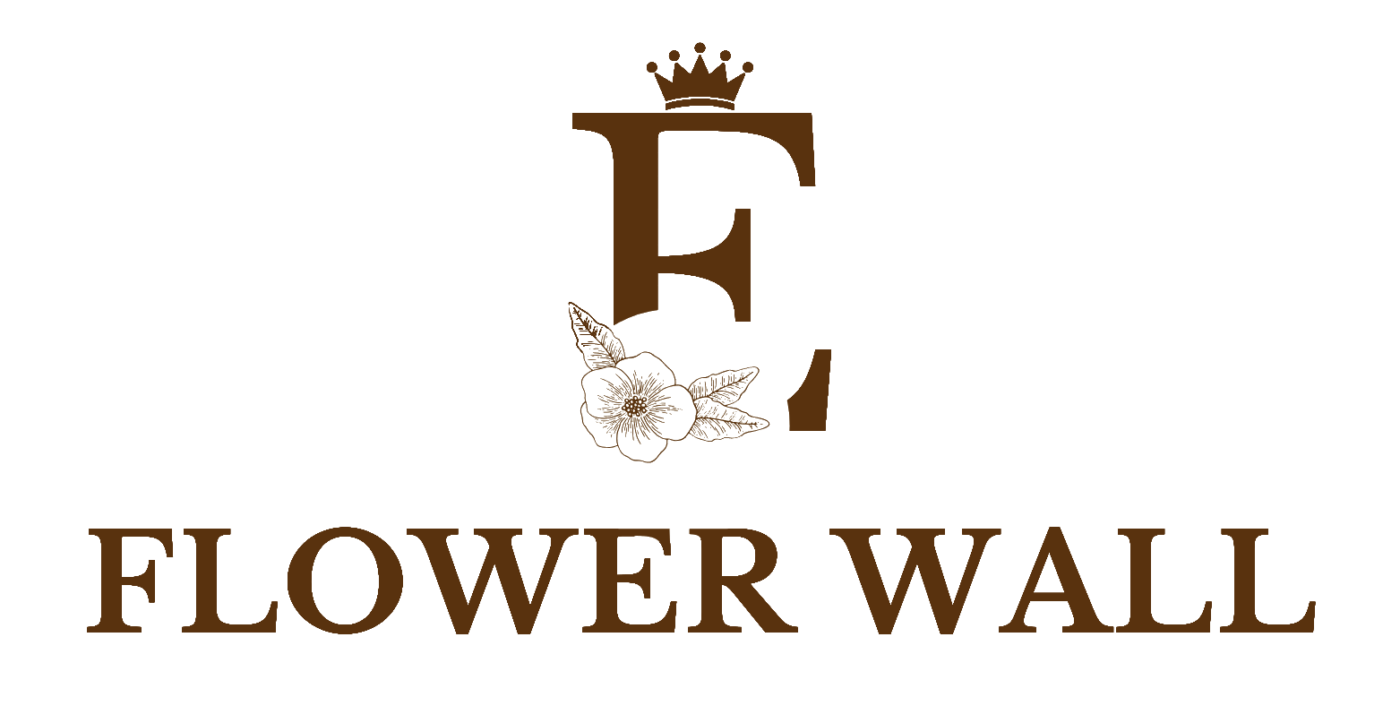Blog
Florence Pugh Engaged — Elegant Event Design Inspirations for Parties & Celebrations
Florence Pugh Engaged: Elegant Event Themes & Floral Design Ideas for Party Planners
Introduction
When we hear “Florence Pugh engaged,” we envision warmth, romance, and refined elegance—a moment full of emotion and style. For professional event planners, party companies, distributors, and procurement teams, tapping into that atmosphere can inspire richly memorable celebrations. In this article, you’ll gain both personal insights and expert, structured guidelines on how to translate that sentiment into floral setups, scenic backdrops, and seamless planning. We’ll walk you through real-life before-and-after comparisons, the underlying design principles, practical stage-by-stage preparation advice, and adaptable options for teams with varying budgets and resources. Let’s craft an event experience that’s as charming and memorable as the engagement it’s inspired by.

Table of Contents
- Before & After: Real Event Design Experience
- Why It Works: The Scientific Principles of Visual Impact
- Step-by-Step Planning Guide
- A. Concept & Moodboard Creation
- B. Designer & Resource Coordination
- C. Layout, Flow & Visitor Experience
- Budget-Sensitive vs. Premium Design Paths
- Efficient Tools & Processes to Streamline Execution
- Conclusion
- FAQ

1. Before & After: Real Event Design Experience
Picture a plain reception hall with neutral walls and basic lighting. Initially, the stage felt flat, lacking emotional resonance. After introducing a backdrop reminiscent of Florence Pugh’s intimate elegance—a light blush floral frame with soft greenery, warm ambient uplighting, and loose natural blooms—the room transformed. Guests instantly felt invited into a romantic narrative.
Challenges encountered:
- Balancing delicate floral design with auditorium-style venue architecture.
- Ensuring flowers stayed fresh under warm lights.
- Coordinating setup timeline to avoid rushed installation.
How they were overcome:
- Using floral foam kept blooms hydrated during longer setups.
- Strategically placing vents and choosing cooler bulbs protected delicate petals.
- Running a rehearsal load-in to coordinate crew, allowing smoother actual execution.

2. Why It Works: The Scientific Principles of Visual Impact
2.1 Color Psychology
Soft pinks and blush tones evoke romance, tenderness, and femininity. Coupled with greenery, they create a calming contrast that feels fresh yet polished.
2.2 Visual Hierarchy & Focal Points
Setting a floral arch or wall as a framing element draws the eye and grounds the space. Guests naturally orient themselves toward that centerpiece for photos and gathering.

2.3 Lighting & Shadows
Warm uplighting (2700–3000K) enhances the depth of floral textures. Low-angle light creates shadows that add dimension, emphasizing petals and foliage.
2.4 Human Comfort and Circulation
Wide aisles, clear paths, and staggered accents allow guests to flow through and linger without crowding. Strategically placed lounge clusters encourage comfortable mingling.
These design principles not only feel beautiful—they’re rooted in visual cognition and crowd dynamics, ensuring both emotional impact and functional flow.
3. Step-by-Step Planning Guide
A. Concept & Moodboard Creation
- Gather inspiration images that capture “Florence Pugh engaged”: think soft blush tones, intimate bouquets, sophisticated drapery, and romantic textures.
- Create a moodboard that blends natural florals, ambient lighting, and relaxed elegance.
B. Designer & Resource Coordination
- Share moodboard with florists and lighting technicians, aligning on palette and materials.
- Confirm availability of key flowers (e.g., peonies, roses, ranunculus), fallback options, and greenery.
- Ensure lighting options (LED uplights, dimmers, wireless controllers) are specified early.
C. Layout, Flow & Visitor Experience
- Draw a floor plan showing the photo backdrop focal point, guest seating or standing zones, food/drink stations, and walkways.
- Consider guest paths from entrance to focal area—smooth transitions matter.
- Set up test lighting and flower samples to preview final look, adjusting color temperatures and bloom placement.
4. Budget-Sensitive vs. Premium Design Paths
Budget-Sensitive Route (Small Party Companies / Local Distributors)
- Opt for seasonal flowers that deliver on cost and freshness.
- Reuse greenery from ceremony to reception to minimize waste and expense.
- Use LED strip lighting hidden behind the backdrop to simulate uplighting effect on a budget.
Premium Route (High-End Events / Corporate Buyers)
- Incorporate statement botanicals like cascading orchids or illuminated mirror columns.
- Add suspended installations (e.g., floating floral clouds) for a wow factor.
- Rent high-end lighting fixtures—moving-head spotlights or full RGB/W arm —to shift mood across the event.
Both paths follow the same visual logic; the difference lies in scale, material choices, and complexity.
5. Efficient Tools & Processes to Streamline Execution
To be both empathetic (experience) and expert (professional), planning tools are indispensable:
- Moodboard & Drawing Tools: Use visual boards and CAD apps or simple layout sketches to preview placement.
- Checklist Management: A structured timeline ensures every vendor, floral bucket, and fixture arrives and installs on schedule.
- Trial Runs: Test a mini-mockup to check how flowers hold up under venue climate and lighting.
- Freeze-Point Photos: Document before/after, lighting positions, and flow paths to replicate success next time.
In essence: “Experience” shows you what worked and where your challenges were; “Expertise” gives you the map to navigate those same challenges again with confidence.
Conclusion
“Florence Pugh, engaged” isn’t just a phrase—it’s an invitation to design with intimacy, refined color, and emotional resonance. Whether you’re planning small gatherings or large-scale celebrations, this inspiration offers a beautifully clear framework: mood-driven floral staging, lighting anchored in visual psychology, and guest-centered flow. By uniting real-world experience with scientific design principles, you’ll deliver events that feel both personally evocative and impeccably executed. Structure your prep with visual boards, coordinate resources diligently, and adapt your scale based on resources—your clients (and their guests) will instantly feel the romance come to life.
Ready to bring this elegant vision to your next event? Reach out and let’s make it happen:
- WhatsApp: +8615266214311
- Email: info@eventflowerwall.com
- Website: https://eventflowerwall.com
FAQ
Q1: How do I choose flowers that stay fresh under warm lights?
Opt for hardy varieties like garden roses, ranunculus, and carnations. Hydrate in floral foam and keep blooms away from direct heat sources. Use cooled LED uplighting (2700–3000K) that’s brighter but cooler to reduce wilting.
Q2: Can I replicate this look in a tight budget?
Yes. Focus on local seasonal flowers and greenery. Use simple LED strip uplights or pin-lights instead of rentals. Repurpose ceremony decor into reception focal points to maximize value.
Q3: How much time does the setup require?
Depending on scale:
- Small setups: 3–4 hours (floral arch, focal décor, ambient lighting).
- Larger/backdrop-heavy events: plan 6–8 hours including mock lighting tests and staging.
Q4: What is the most impactful visual element?
A soft floral aperture (e.g. arch or wall) with warm uplighting. It anchors the space, creates a photo-friendly backdrop, and sets the mood.
Q5: How do I make sure guests flow smoothly?
Design wide, clear paths from entrance to focal zone. Add subtle cues—like petal aisle, floor lighting, or lounge pods—to guide movement naturally. Test flow in advance with team walkthrough.
Q6: Where can I get guidance tailored to my venue’s specifics?
I offer personalized consultations tailored to your space, timeline, and budget. Feel free to WhatsApp: [+8615266214311], Email: [info@eventflowerwall.com], or visit [https://eventflowerwall.com] for planning support.
